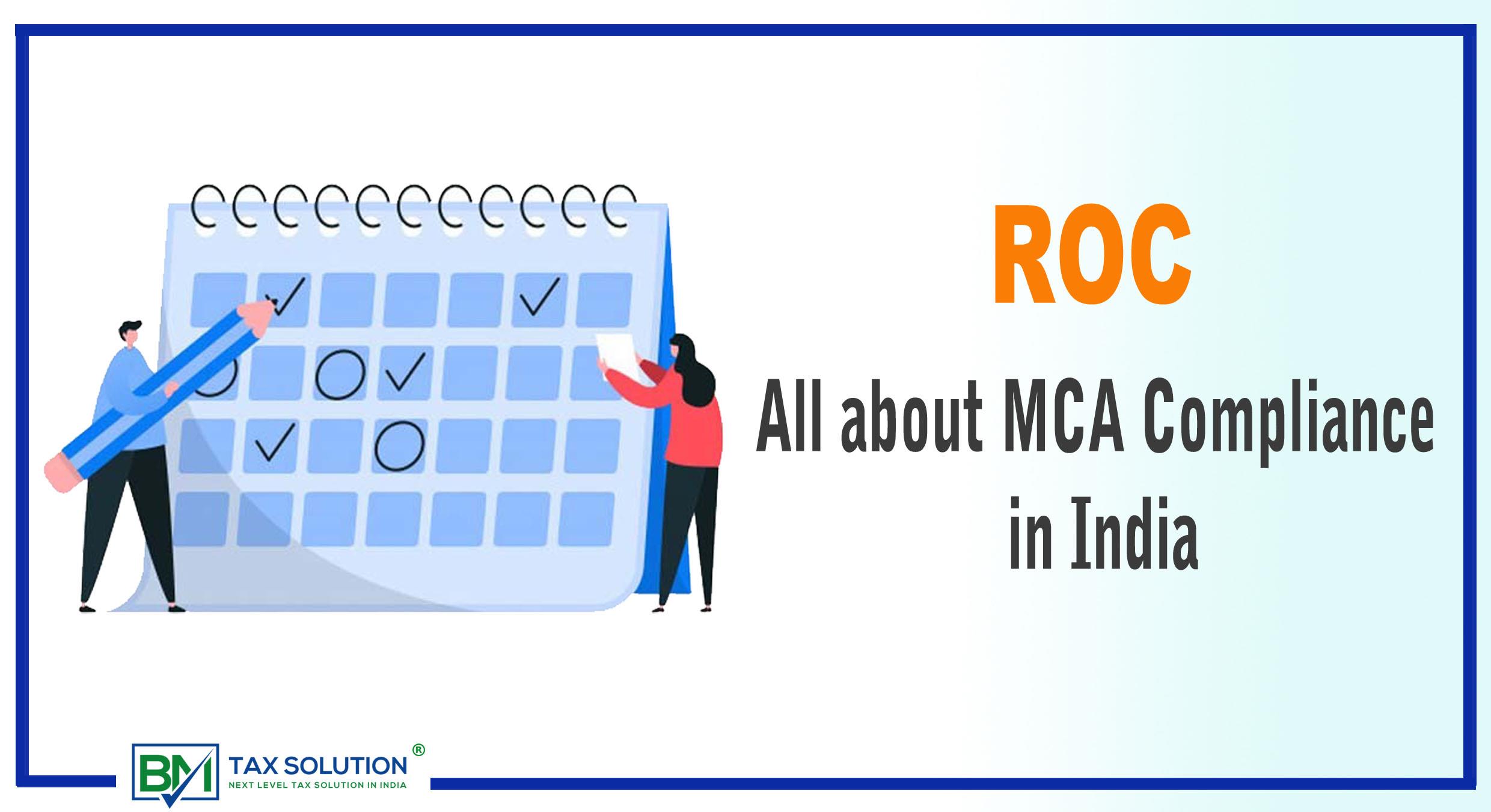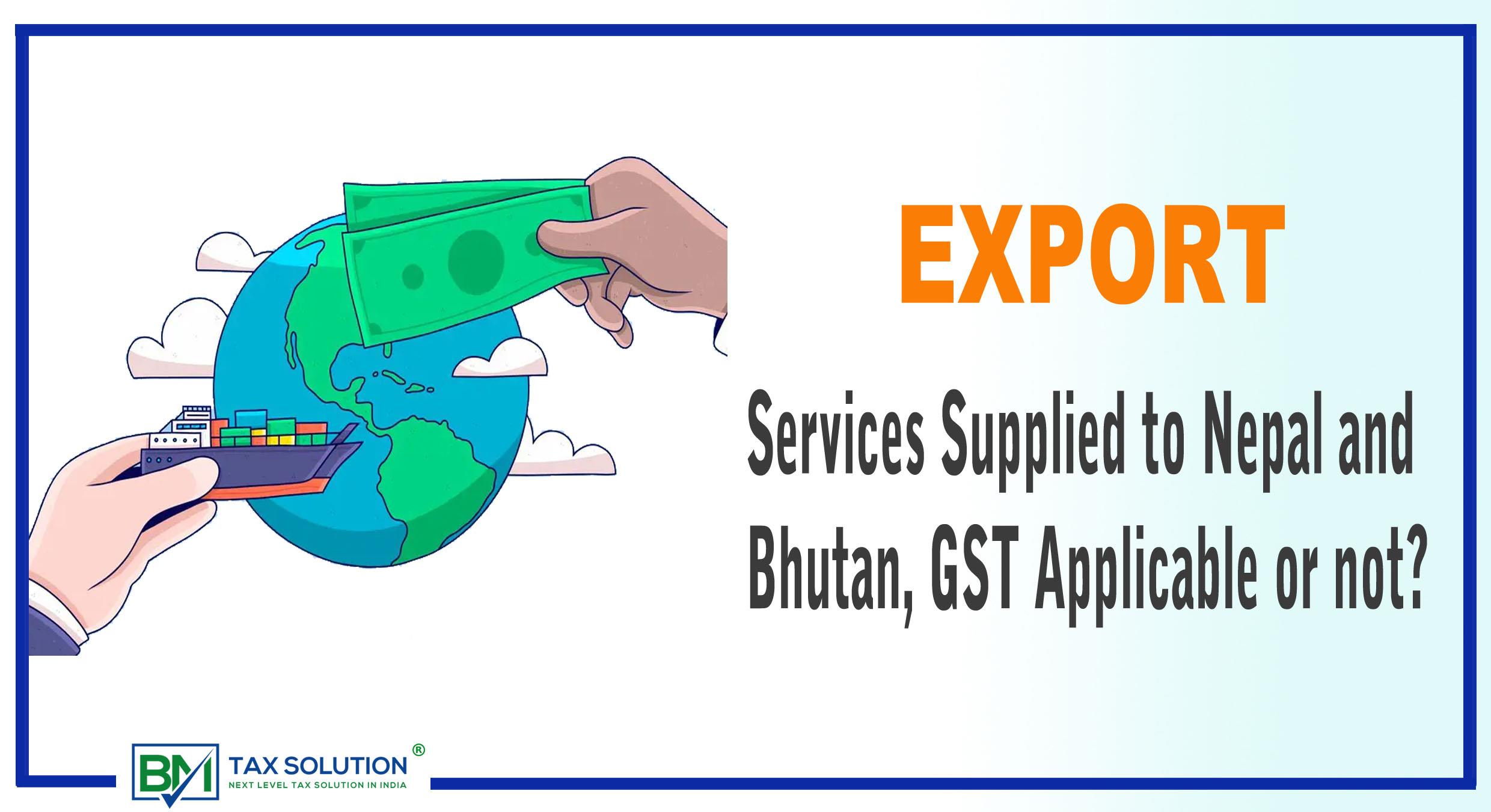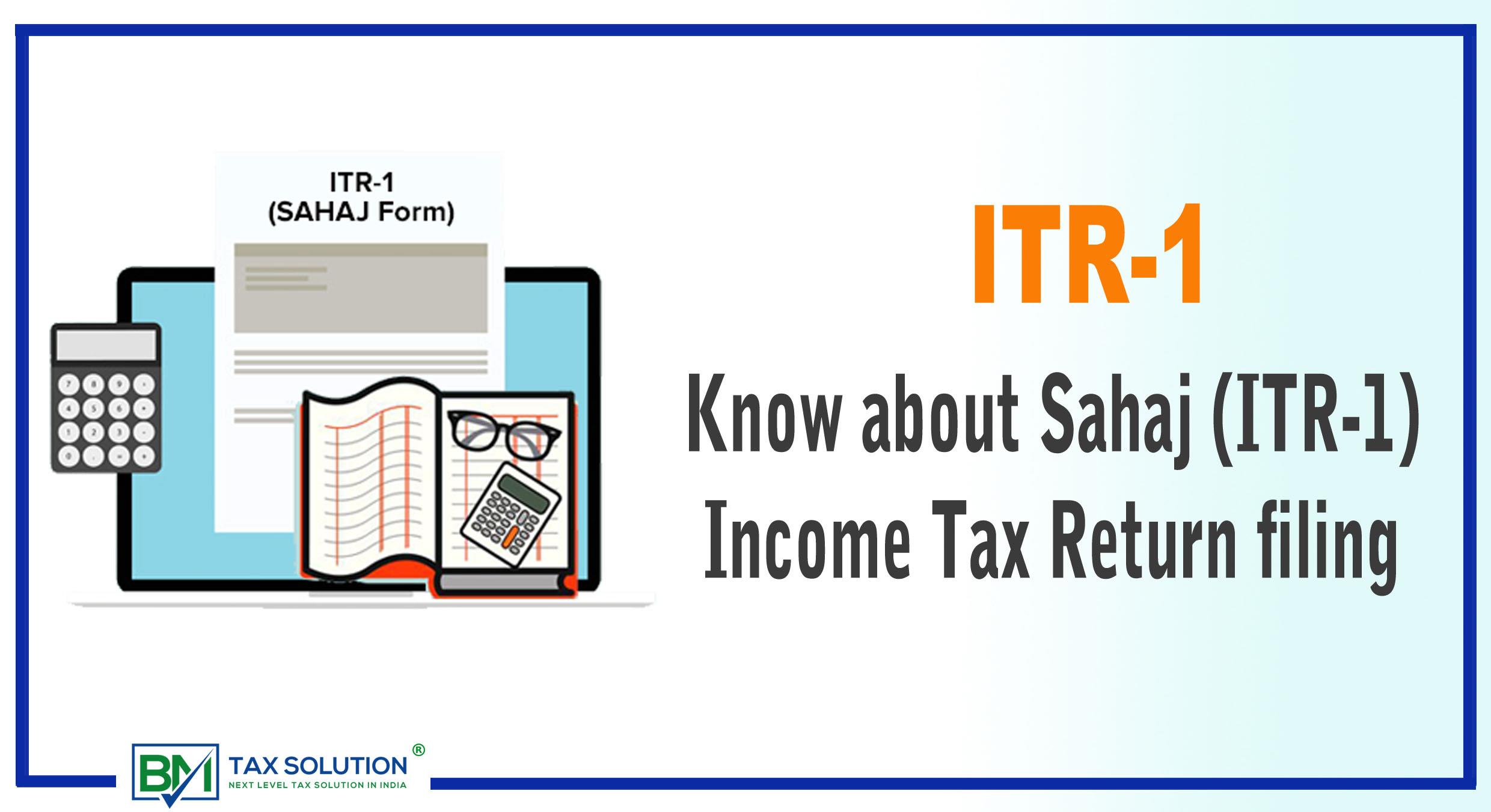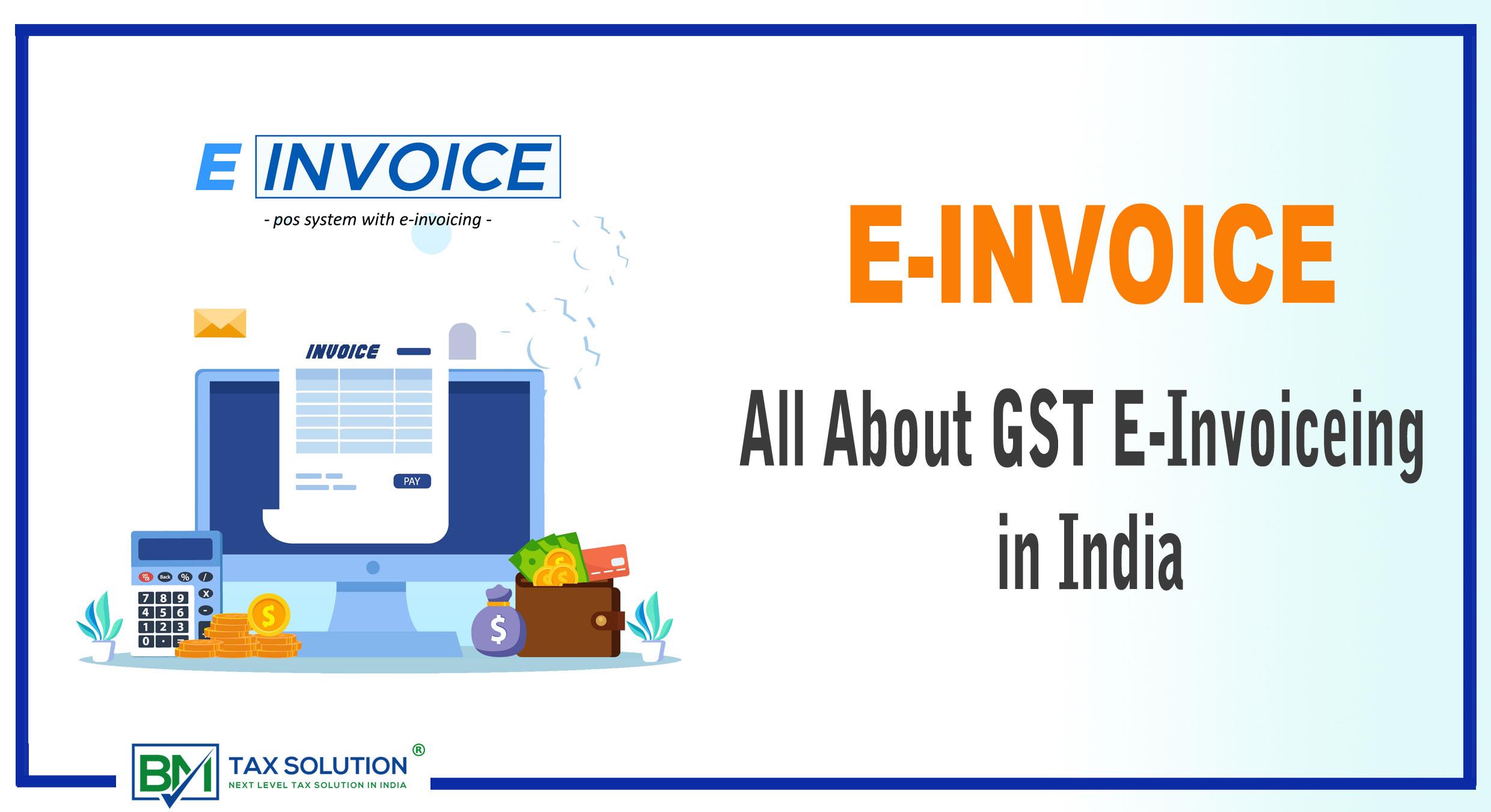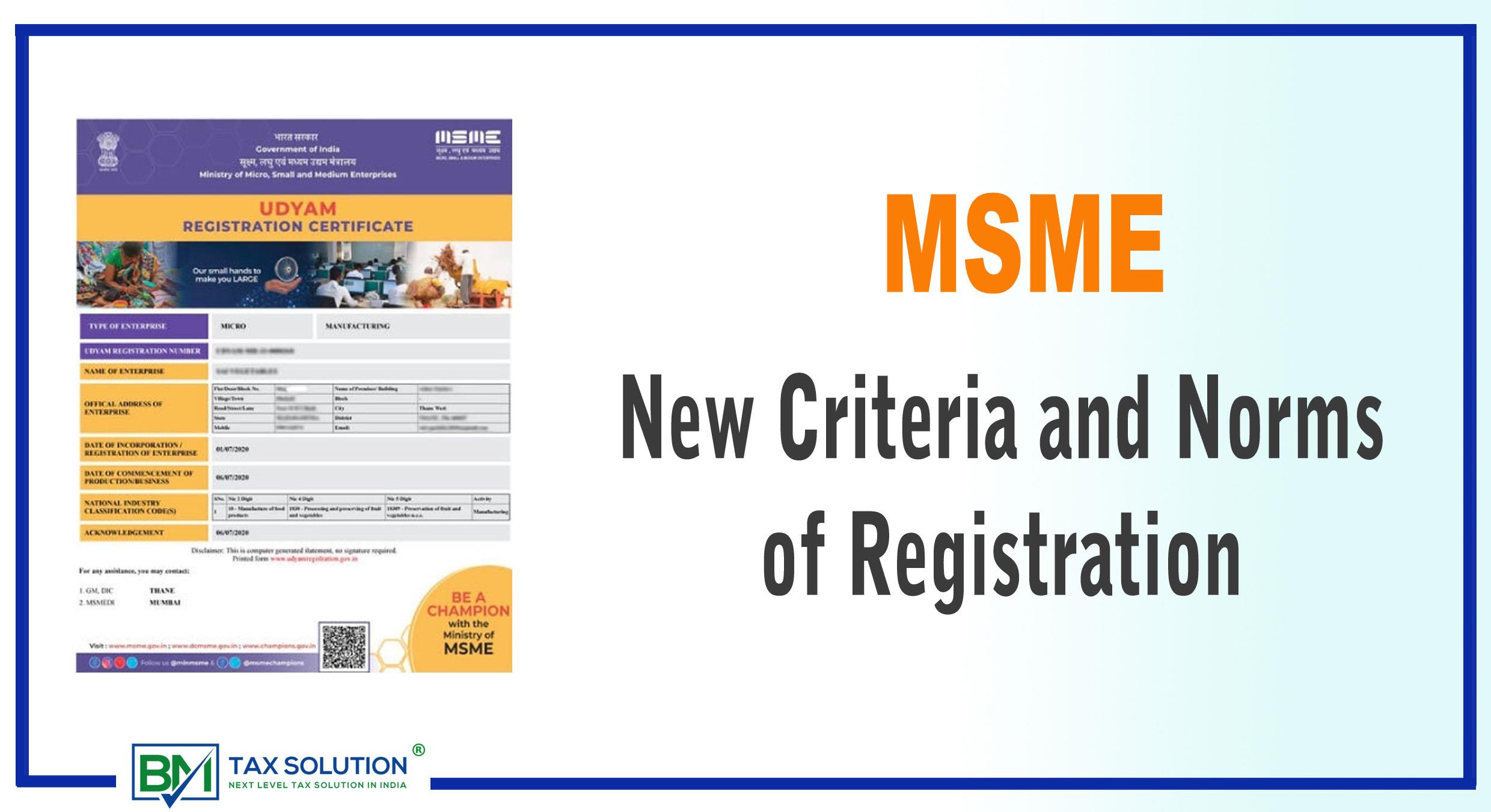What is E-way Bill: Rules, Applicability, Limit, Requirement & Generation Process
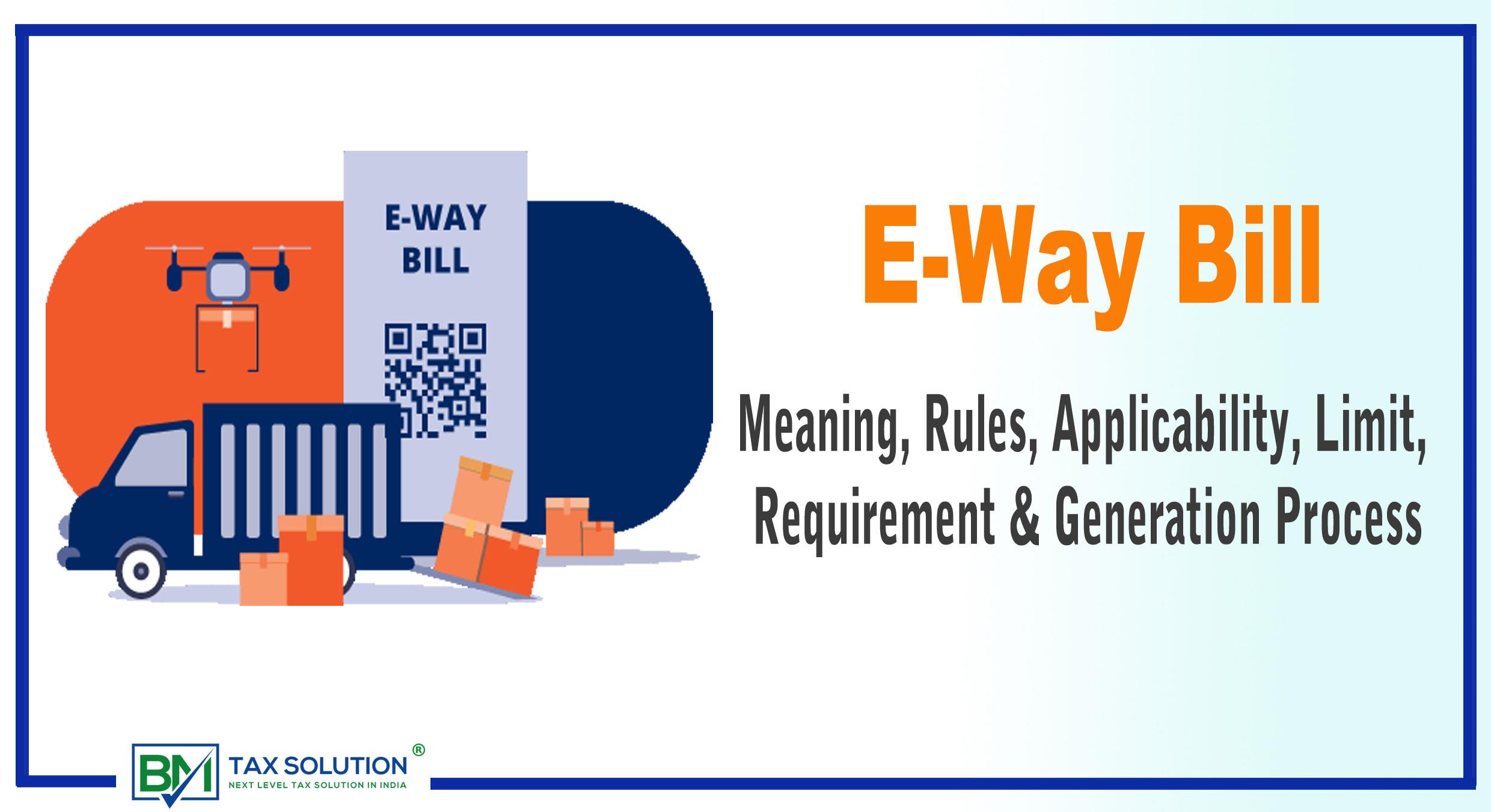
An e-way bill is a digital document generated for the transportation of goods under the GST regime. It becomes mandatory when the value of goods being transported exceeds ₹50,000. The bill can be generated through the e-way bill portal using a GSTIN. Once generated, it provides an e-way bill number (EBN) to the supplier, recipient, and transporter. The validity of the e-way bill depends on the distance, with one day’s validity for distances up to 200 km. It expires at midnight on the last day. This process is important for GST compliance, and the bill can be accessed at https://ewaybillgst.gov.in/
What are the components of an e-way bill?
E-Way bill is divided into two components i.e., Part A and Part B. The person required to issue eway bill should fill in the following details of Part A:
- Details of GSTIN of recipient,
- Place of delivery (PIN Code),
- Invoice or challan number and date,
- Value of goods,
- HSN code,
- Transport document number (Goods Receipt Number or Railway Receipt Number or Airway Bill Number or Bill of Lading Number) and
- Reasons for transportation
As far as Part B is concerned, it comprises the transporter details (eg, Vehicle number)
When should the eWay Bill be issued?
eWay bill will be generated when there is a movement of goods in a vehicle/ conveyance of value more than Rs. 50,000 (either each Invoice or in aggregate of all invoices in a vehicle/conveyance) –
- In relation to a ‘supply’
- For reasons other than a ‘supply’ ( say a return)
- Due to inward ‘supply’ from an unregistered person
For this purpose, a supply may be either of the following:
- A supply made for a consideration (payment) in the course of business
- A supply made for a consideration (payment) which may not be in the course of business
- A supply without consideration (without payment) In simpler terms, the term ‘supply’ usually means a:
- Sale – sale of goods and payment made
- Transfer – branch transfers for instance
- Barter/Exchange – where the payment is by goods instead of in money
Therefore, eWay Bills must be generated on the common portal for all these types of movements. For certain specified Goods, the eway bill needs to be generated mandatorily, even if the value of the consignment of Goods is less than Rs. 50,000:
- Inter-State movement of Goods by the Principal to the Job-worker by Principal/ registered Job-worker
- Inter-State Transport of Handicraft goods by a dealer exempted from GST registration
Who should generate an eWay Bill?
This section outlines the responsibilities regarding the generation of an E-Way Bill. Whether you are a registered business, an unregistered transporter, or a recipient of goods, understanding who must generate this document is important for compliance with GST regulations.
Registered Person
- Must generate an E-Way Bill for the transport of goods over INR 50,000.
- They can also generate lower values optionally.
- They must fill out Part A of Form GST EWB-01 before movement.
Unregistered Persons
- Are required to generate an E-Way Bill.
- If supplying to a registered person, the recipient must ensure compliance.
Transporter
- Must generate an E-Way Bill if the supplier has not.
- May opt not to generate if individual consignment values are below INR 50,000 but the overall value exceeds INR 50,000.
- They need to use Form GST EWB-02 for consolidated E-Way Bills.
Cases when eWay bill is Not Required
In the following cases it is not necessary to generate e-Way Bill:
- The mode of transport is non-motor vehicle
- Goods transported from Customs port, airport, air cargo complex or land customs station to Inland Container Depot (ICD) or Container Freight Station (CFS) for clearance by Customs.
- Goods transported under Customs supervision or under customs seal
- Goods transported under Customs Bond from ICD to Customs port or from one custom station to another.
- Transit cargo transported to or from Nepal or Bhutan
- Movement of goods caused by defence formation under Ministry of defence as a consignor or consignee
- Empty Cargo containers are being transported
- Consignor transporting goods to or from between place of business and a weighbridge for weighment at a distance of 20 kms, accompanied by a Delivery challan.
- Goods being transported by rail where the Consignor of goods is the Central Government, State Governments or a local authority.
- Goods specified as exempt from E-Way bill requirements in the respective State/Union territory GST Rules.
- Transport of certain specified goods- Includes the list of exempt supply of goods, Annexure to Rule 138(14), goods treated as no supply as per Schedule III, Certain schedule to Central tax Rate notifications. (PDF of List of Goods).
Note: Part B of e-Way Bill is not required to be filled where the distance between the consigner or consignee and the transporter is less than 50 Kms and transport is within the same state.
How to generate an eWay Bill on the portal
Now, how do you generate an E-Way bill online? It can be done through the GST portal, which is a simple process. Follow these steps:
Step 1: Login -
Visit the E-Way bill portal (https://ewaybillgst.gov.in/ )and enter your username, password, and the captcha code to log in to the E-Way bill system.
Step 2: Navigate to 'Generate New' -
Go to the dashboard's left side, click the 'E-Way bill' option and select 'generate new.'
Step 3: Fill in the Details -
- Transaction Type: Choose 'outward' for suppliers and 'inward' for recipients.
- Sub-type: Select the applicable sub-type.
- Document Type: Choose the document type (invoice, bill, challan, etc.).
- Document Details: Enter the document/invoice number and date.
- From/To Details: Provide details based on whether you are a supplier or recipient. For unregistered clients, use 'URP' in the GSTIN field.
- Item Details: Specify consignment details, including product name, description, HSN code, quantity, unit, value, tax rates, and other applicable taxes.
- Transporter Details: Include mode of transport, distance, and either transporter details or vehicle number.
Step 4: Submit -
Click 'submit.' The system will validate the data, and if it is error-free, it will process your request, generating the E-Way bill (Form EWB-01) with a unique 12-digit number.
Furthermore, you can also generate the E-Way bill through SMS using your registered mobile number. To initiate this process, activate the SMS E-Way bill generation feature and register your mobile number. Next, send the required SMS codes to the designated mobile number managed by the E-Way bill portal/GSTN to create, manage, and cancel E-Way bills.
Documents or Details required to generate eWay Bill
-
1) Invoice/ Bill of Supply/ Challan related to the consignment of goods
-
2) Transport by road – Transporter ID or Vehicle number
-
3) Transport by rail, air, or ship – Transporter ID, Transport document number, and date on the document
Note: While in movement, a vehicle can be blocked by the proper officer for the verification of documents, including the E-way bill or inspection of goods.
FAQs about E-Way Bill
1) Can I add two invoices in one E-Way bill?
No, generating a single E-Way bill for two invoices is impossible. However, you can use a consolidated E-Way bill to combine two or more individual E-Way bills.
2) Should I generate E-Way bills for invoices raised for supply services?
No, the E-Way bill regulations do not extend to service-oriented transactions. Therefore, generating an E-Way bill is not required to supply services.
3) How many days after raising an invoice should I generate the E-Way bill for delayed delivery?
The E-Way bill is essential at the time of goods delivery. If the invoice is raised, but the goods are not delivered, you can generate Part A of the E-Way bill. Part-B details can be added later upon delivery, and the E-Way bill's validity begins when Part-B details are entered.
4) Can an E-Way bill be cancelled, and when?
Yes, an E-Way bill can be cancelled if the goods are not transported or the transportation deviates from the specified details. However, the cancellation must be done within 24 hours of E-Way bill generation.
5) What is the purpose of an E-Way Bill?
The E-Way Bill facilitates the efficient transportation of goods throughout India. It streamlines processes and ensures that all movements align with GST regulations, making things quicker and more compliant.
6) Is the E-Way Bill mandatory?
Yes, generating an E-Way Bill is important if you move goods worth more than INR 50,000. It's a key part of complying with GST rules and is required for transporting goods across state lines or within states under certain conditions.








